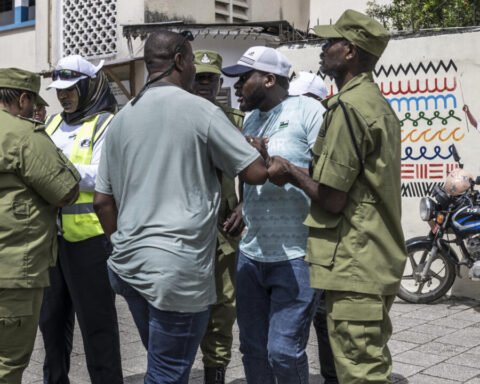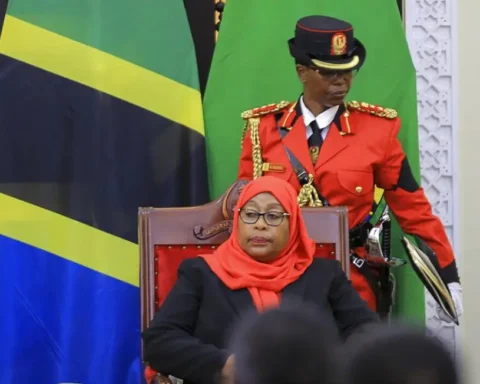Construction of the ambitious East African Crude Oil Pipeline (EACOP) has reached 64.5 percent completion, bringing the region one step closer to unlocking vast economic potential from Uganda’s oil reserves.
Stretching 1,443 kilometers (approximately 896 miles), the pipeline will transport crude oil from the Lake Albert oilfields in Hoima, Uganda, to the Tanzanian coast at the Chongoleani Peninsula near Tanga.
According to Tanzania’s project coordinator Mr. Asiadi Mrutu, the pipeline has already generated more than TZS 50 billion (approximately USD 20 million) for Tanzania through development levies, taxes, and associated fees. The project cost within Tanzania has so far reached around TZS 1.3 trillion.
“This pipeline is not just a transport corridor for oil—it’s an engine of local economic transformation,” said Mrutu in a televised interview on TBC1.
To date, over 1,200 Tanzanians have been employed on the project, including 346 individuals from local communities surrounding the Chongoleani area. The project is also aligned with local content policies, ensuring skills development, subcontracting opportunities, and direct financial benefits for Tanzanian citizens.
“Our goal is to empower communities—not just build infrastructure,” Mrutu added.
EACOP is set to become the longest electrically heated crude oil pipeline in the world. About 296 km of the pipeline runs through Uganda, while the remaining 1,147 km traverses Tanzanian territory. Because Uganda’s crude is waxy and solidifies at room temperature, the pipeline is equipped with a heat tracing system that will keep the oil at over 50°C (122°F).
Six pumping stations will be installed—two in Uganda and four in Tanzania—along with several pressure reduction and intermediate stations to maintain flow.
Once completed, the pipeline will carry up to 246,000 barrels of oil per day to the Indian Ocean, opening Uganda to global energy markets while expanding Tanzania’s role in regional trade.
Also Read; Trump Expands Global Tariffs, Over 150 Nations Affected
However, the project has attracted criticism from environmental groups and human rights organizations concerned about potential ecological damage, particularly near Lake Victoria and sensitive forest and wetland ecosystems.
Despite the concerns, the developers have conducted Environmental and Social Impact Assessments (ESIA) in line with international standards set by the International Finance Corporation (IFC) and Equator Principles. The assessments include strategies for land compensation, biodiversity conservation, and stakeholder engagement.
The first financing tranche of the project was finalized in early 2025, led by regional and international lenders including Afreximbank, Stanbic Bank, and KCB Group. Global participation has turned EACOP into one of the most closely watched infrastructure projects in Africa.
“We are building more than a pipeline—we are building regional cooperation and future prosperity,” said Mrutu.
With the project expected to be completed between late 2026 and early 2027, EACOP is being seen as a symbol of Pan-African economic integration and industrial growth.







